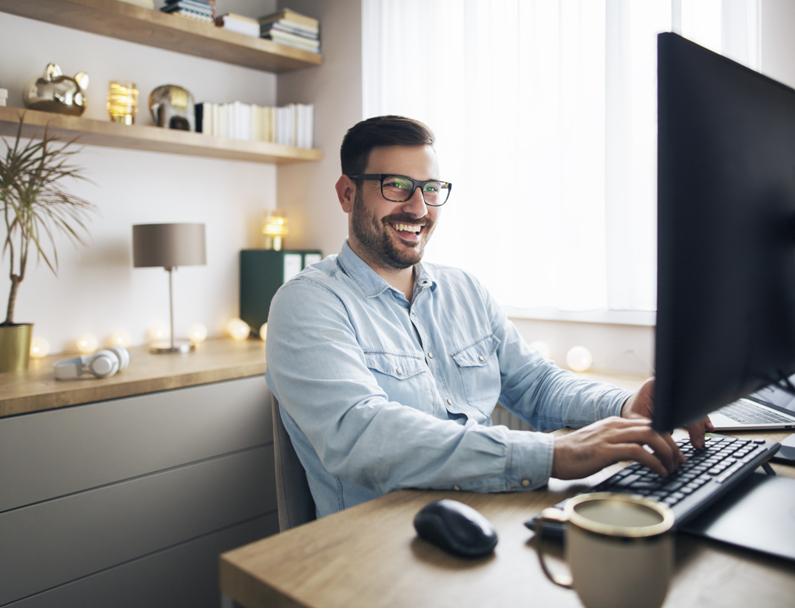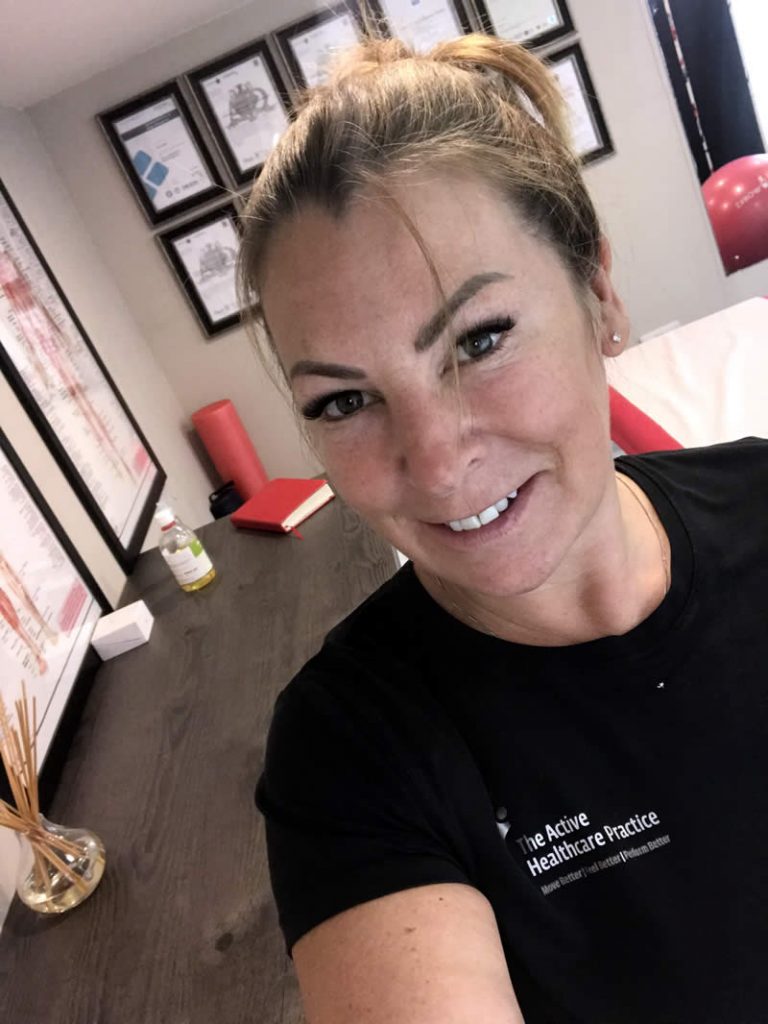Back in March, when we were asked to work from home where possible during the first lockdown, I posted a slightly tongue in cheek video guide to correct posture when working from home. We all needed a bit of cheering up, and we certainly hadn’t expected to still be working from our dining room tables or propped up on elbows on the bed, 8 months down the line. My point in my original post was about the importance of avoiding prolonged sitting and remaining in any particular position for too long and that point remains top of my list for avoiding posture related aches and pains.
How to Prevent Back, Neck and Shoulder Pain
Over the last couple of months, back, neck and shoulder pain has become the number one reason that people are seeking my help for and there’s undoubtedly a link with posture as a result of working from home, but there is a lot you can do to prevent working posture from becoming a problem.
Take Regular Breaks
Take regular breaks, get up and move around, Try to stand up and walk around for a few minutes every half an hour or so if possible. Sitting for prolonged periods can cause hamstring tightness (the muscles in the back of your legs) which can contribute to back pain. Moving around also helps with circulation and lymphatic function.

Check Your Home Desk Set Up
When you do have to sit for prolonged periods, good working posture is really important. Your chair needs to support your back whilst allowing your bottom to sit closely to the back of the chair. Your knees should be lower than your hips, with your feet flat on the floor. Your computer screen should be at eye level, with your forearms supported on the desk. This often isn’t possible with a laptop, so it is worth considering your set up if you’re going to be working from home long term. Constantly looking down at a screen plays havoc with neck and shoulder muscles and is a sure fire way to end up with that continuous nagging pain across your shoulders and through your upper back.
Schedule Regular Breaks
Schedule breaks and keep a healthy routine with planned start and finish times. We need breaks for mental wellbeing, but owe also need a break from the screen. It has been proven that productivity often increases when we work from home, but this often means we’re working for longer. Don’t replace commute time with more work time.

Keep Up Your Exercise
Don’t drop your exercise routine. Maybe you used to cycle or walk to work? Or fit in a gym class after leaving the office? Try to keep your exercise routine and plan it into your day. A 15 minute walk before settling down at your desk can clear your mind and help you focus. Make sure you take a proper break for lunch, maybe fit in a 30 minute stretch or yoga class, there are plenty of free ones available on platforms such as YouTube, or you can sign up for our Limber in your Lunchtime stretch course, or go for a 30 minute walk or run. The BBC Couch to 5K app is a great way of safely increasing your running fitness within 30 minute sessions.
Keep Talking
It’s good to talk and we need human interaction with others. Our mental health can slide quickly when we are isolated and not interacting with others. Make it a top priority to keep in touch with friends or colleagues for a coffee and a chat, just like you would have done at the office, whether it’s via Zoom, FaceTime or just a phone call, add your social calls to your diary and keep virtual social dates just as you would do meetings.

About the author:
Julia Cuttelle is Founder of The Active Healthcare Practice. She had sustained a back injury in 2014 and found that, whilst a range of therapies helped get her back on her feet again, she was unable to find one practitioner who could provide a broad range of therapies alongside rehabilitation.
Hence Julia established the Active Healthcare Practice to fill that gap, providing a unique blend of treatments. She holds a level 4 ITEC diploma in Sports Massage therapy, alongside a Level 4 Personal Training and Exercise Referral specialist qualification. She holds the renowned OMT Diploma in Osteopathic Articulation and is a certified OMT Osteopathic Advanced Spinal and Peripheral Manipulation and OMT Medical Acupuncture practitioner.


Recent Comments